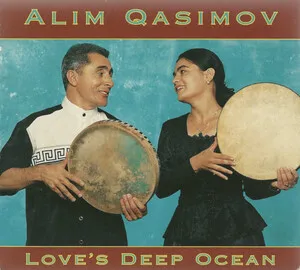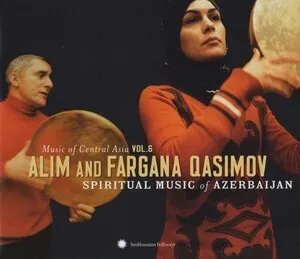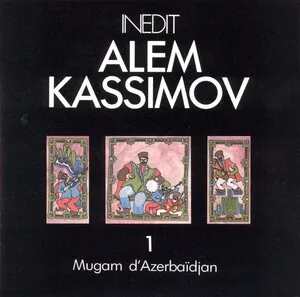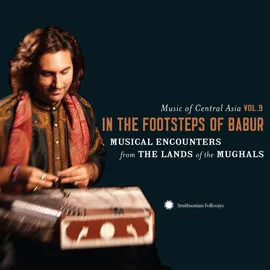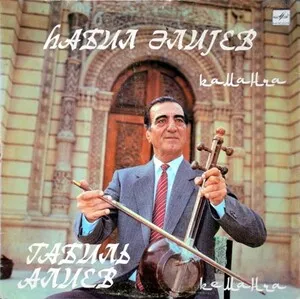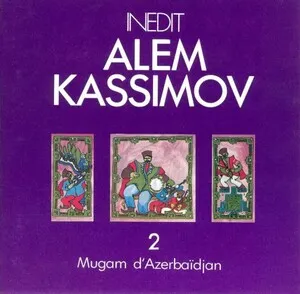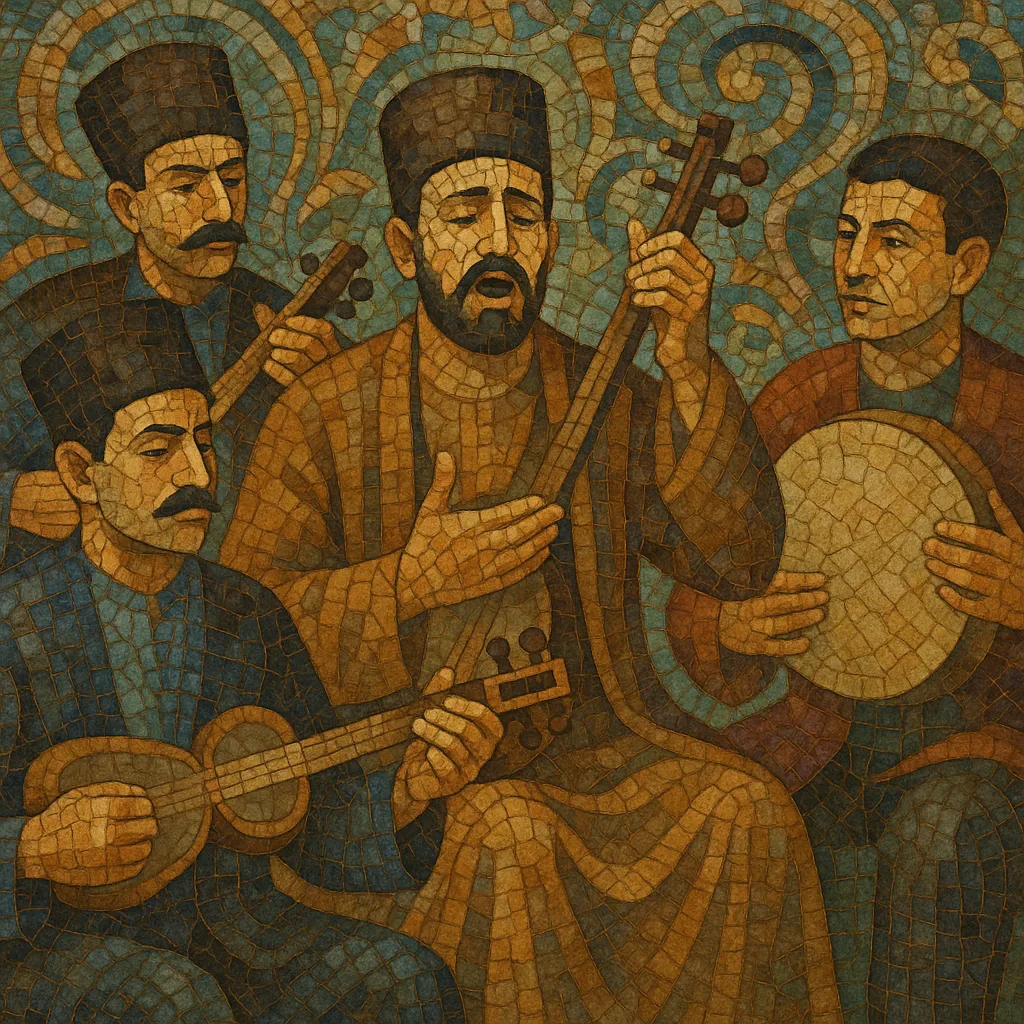
Azerbaijani mugham is a centuries-old modal, semi-improvised art music of Azerbaijan that belongs to the wider maqam/dastgah family across West and Central Asia. It is typically performed by a khananda (lead vocalist) accompanied by an ensemble of Azerbaijani tar (a long-necked, 11–12‑string lute), kamancha (spike fiddle), and gaval (frame drum). The style features microtonal intervals, melismatic vocal lines, and a dramatic, narrative approach to improvisation and modulation.
At the core of the tradition are distinct modal entities also called “mughams,” such as Rast, Shur, Segah, Chargah, Bayati‑Shiraz, Shushtar, and Humayun. Performances unfold as suites that interleave free-rhythm improvisations with composed songs (tasnif) and instrumental dances (reng), guiding the listener through an emotional and tonal journey from the principal tone center (maye) to related branches and back. Poetry—often classical ghazals by poets like Fuzuli, Nizami, or Nasimi—provides the textual foundation and spiritual depth.
Mugham is both classical and living: it draws on courtly and urban traditions (especially from Shusha, Baku, and the Shirvan region), yet it continues to evolve through pedagogy, festivals, and contemporary crossovers (notably mugham–jazz and symphonic mugham). It is recognized by UNESCO as part of the Intangible Cultural Heritage of Humanity.
Mugham’s roots reach back to medieval urban and courtly music in the Caucasus, shaped by the broader Islamic modal (maqam/dastgah) world. By the 16th–19th centuries, distinct Azerbaijani practices crystallized in cultural centers such as Shusha, Baku, and Shirvan. The late 19th century saw decisive organological and stylistic refinements: notably, the Azerbaijani tar was redesigned and expanded by Sadigjan (Mirza Sadig Asad oglu) in the 1870s, becoming the genre’s emblematic instrument.
At the turn of the 20th century, master khanandas like Jabbar Garyaghdioglu were recorded on 78‑rpm discs, helping canonize melodic pathways and performance aesthetics. Composer Uzeyir Hajibeyov integrated mugham into Western operatic forms with “Leyli and Majnun” (1908)—often cited as the first opera in the Muslim world—establishing a dialogue between indigenous modal art and European classical practices.
Under Soviet cultural policy, mugham entered conservatories and radio, where pedagogy, notation, and staged concert formats standardized aspects of transmission while preserving improvisation. Composers such as Fikret Amirov created “Symphonic Mugham” works (e.g., “Shur,” “Kürd Ovşarı,” “Gulistan Bayati‑Shiraz”) that brought mugham material into orchestral idioms. In the 1960s–70s, Vagif Mustafazadeh pioneered mugham–jazz fusions, laying the groundwork for later nu‑jazz and world‑jazz connections.
Since independence, Azerbaijan has revitalized and internationalized mugham. UNESCO proclaimed Azerbaijani mugham a Masterpiece of the Oral and Intangible Heritage (2003) and inscribed it on the Representative List (2008). Institutions such as the Baku Mugham Center and festivals like the “World of Mugham” support teaching, research, and global exchange. Artists including Alim Qasimov and Fargana Qasimova have brought the art to world stages, while new generations sustain both traditional performance practice and cross‑genre experimentation.

